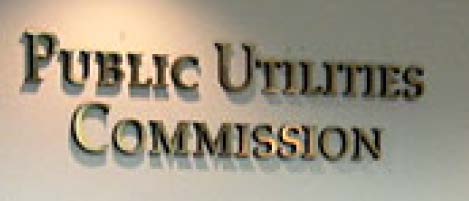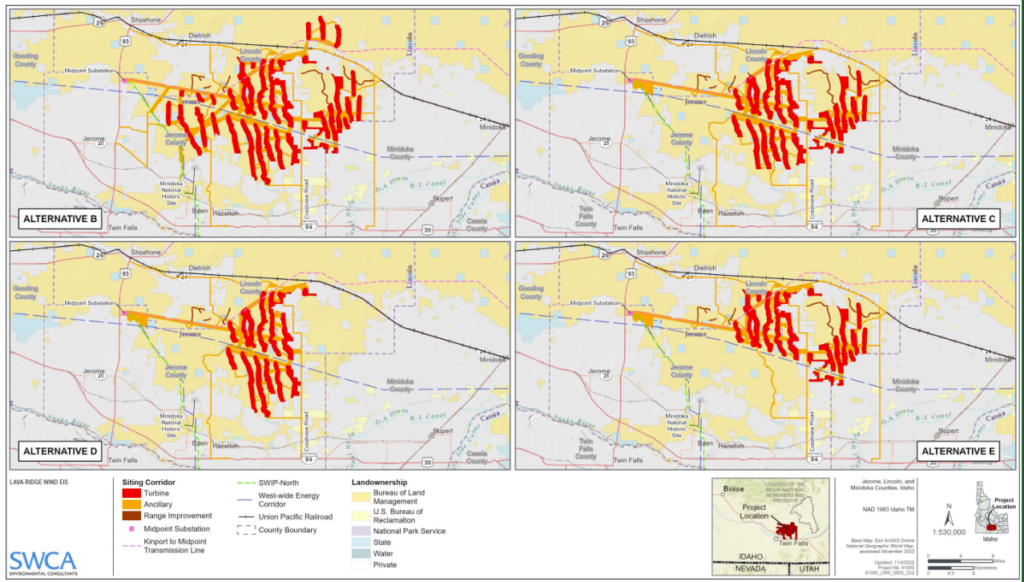Campaign Finance Findings and Order
February 3rd, 2023
Here it is, some acknowledgement and little slaps on the wrists. In the bEagle just now:
Red Wing candidates penalized for finance reporting violations
I’m surprised they didn’t take more seriously the failure to put the disclaimer on the 6,500 flyers sent out — and didn’t take seriously Recall’s failure to report over $5,600 in expenses — but this is a wake up call to candidates.
The ALJ’s Findings of Fact, Conclusions of Law, and Order:
An odd twist of corrosion & transmission
February 2nd, 2023
Jury awards Fayette County dairy $4.75M in stray voltage lawsuit
Here’s the part that jumped up and hollered:
I’m familiar with the notion that transmission lines over pipelines can/do corrode the pipeline, so this use of “an anti-corrosion system that sends electricity into the ground to protect the pipeline” seems counter intuitive. So digging just a bit, the term “cathodic protection,” which does ring a bell.
Cool Science: Using Electricity to Fight Corrosion
And that article says:
To fight corrosion, we employ a technique called cathodic protection, which literally uses electrical currents to prevent rust.
With cathodic protection, a flow of electrical current is applied from an external source – a rectifier – through the ground and onto the steel pipe. The protective current changes the environment around the steel, stopping the corrosion reaction.
And “cathodic protection” is not a new concept either.
The intersection of these two concepts is what’s got me stumped. Adding this to the list of things to look into when I’m in a warm and isolated cabin up north!
Another PPSA Annual Hearing for the PUC’s circular file
February 2nd, 2023
Just filed, the ALJ’s report to the Public Utilities Commission from the Power Plant Siting Act Annual Hearing.
Here’s the presentation from the hearing:
And I’ve not kept up with the annual report filings, so here they all are:
2006 Report to PUC – Docket 06-1733
2007 Report to PUC – Docket 07-1579
2008 Report to PUC – Docket 08-1426
2009 Report to PUC – Docket 09-1351
2010 Report to PUC – Docket 10-222
2011 Report to PUC – Docket 11-324
2012 Report to PUC – Docket 12-360
2013 Report to PUC – Docket 13-965
2014 Summary Report– Docket 14-887
2015 Summary Report – Docket 15-785
2017 Summary Report – Docket 17-18
2018 Summary Report – Docket 18-18
Lava Ridge Wind EIS Comments due March 21
February 1st, 2023
The blue/purple area is the rough footprint of Magic Valley (subsidiary of LS Power) Lava Ridge wind project, by Twin Falls, Idaho. It’s even closer to the Minidoka National Historic Site, the location of a Japenese internment camp during WWII.
Friends of Minidoka have taken an interest and are posting great info on how to write comments, how to participate, because of course participation is where it’s at. Here’s their “Call to Action” page.
The applicants for Lava Ridge propose several alternate footprints:
Zoom about this on NOW.
The Lava Ridge EIS is out and open for comments, and it’s a LOT to review.
COMMENTS DUE BY MARCH 21, 2023
Here are links, starting with the Executive Summary and in order of appearance (there’s really no easy way to do this, and be prepared, just that first one with the narrative, it’s 578 pages long):
- https://eplanning.blm.gov/public_projects/2013782/200493266/20072054/250078236/Lava_Ridge_DEIS_V1_ExecSum-Chapters.pdf
- https://eplanning.blm.gov/public_projects/2013782/200493266/20072051/250078233/Lava_Ridge_DEIS_V2a_App1_POD_(1%20of%202).pdf
- https://eplanning.blm.gov/public_projects/2013782/200493266/20072053/250078235/Lava_Ridge_DEIS_V2b_App1_POD_(1%20of%202).pdf
- https://eplanning.blm.gov/public_projects/2013782/200493266/20072055/250078237/Lava_Ridge_DEIS_V3_Apps2-4_and_6-11.pdf
- https://eplanning.blm.gov/public_projects/2013782/200493266/20072050/250078232/Lava_Ridge_DEIS_V4a_App5_(1%20of%2013).pdf
- https://eplanning.blm.gov/public_projects/2013782/200493266/20072052/250078234/Lava_Ridge_DEIS_V4b_App5_(2%20of%2013).pdf
- https://eplanning.blm.gov/public_projects/2013782/200493266/20072056/250078238/Lava_Ridge_DEIS_V4c_App5_(3%20of%2013).pdf
- https://eplanning.blm.gov/public_projects/2013782/200493266/20072057/250078239/Lava_Ridge_DEIS_V4d_App5_(4%20of%2013).pdf
- https://eplanning.blm.gov/public_projects/2013782/200493266/20072061/250078243/Lava_Ridge_DEIS_V4e_App5_(5%20of%2013).pdf
- https://eplanning.blm.gov/public_projects/2013782/200493266/20072058/250078240/Lava_Ridge_DEIS_V4f_App5_(6%20of%2013).pdf
- https://eplanning.blm.gov/public_projects/2013782/200493266/20072059/250078241/Lava_Ridge_DEIS_V4g_App5_(7%20of%2013).pdf
- https://eplanning.blm.gov/public_projects/2013782/200493266/20072060/250078242/Lava_Ridge_DEIS_V4h_App5_(8%20of%2013).pdf
- https://eplanning.blm.gov/public_projects/2013782/200493266/20072062/250078244/Lava_Ridge_DEIS_V4i_App5_(9%20of%2013).pdf
- https://eplanning.blm.gov/public_projects/2013782/200493266/20072063/250078245/Lava_Ridge_DEIS_V4j_App5_(10%20of%2013).pdf
- https://eplanning.blm.gov/public_projects/2013782/200493266/20072064/250078246/Lava_Ridge_DEIS_V4k_App5_(11%20of%2013).pdf
- https://eplanning.blm.gov/public_projects/2013782/200493266/20072065/250078247/Lava_Ridge_DEIS_V4l_App5_(12%20of%2013).pdf
- https://eplanning.blm.gov/public_projects/2013782/200493266/20072101/250078283/Lava_Ridge_DEIS_V4m_App5_(13%20of%2013).pdf
Of course, the Applicant’s Noise study/report is of great interest to me:
The good news, the BEST news, is that they did use the correct ground factor, 0.0, for their modeling, but wait, that’s not correct. They used a factor of 1.0 and a factor of 0.6 in places:
That’s a map we need to see!!
It sure looks like some folks are too close, or surrounded:










